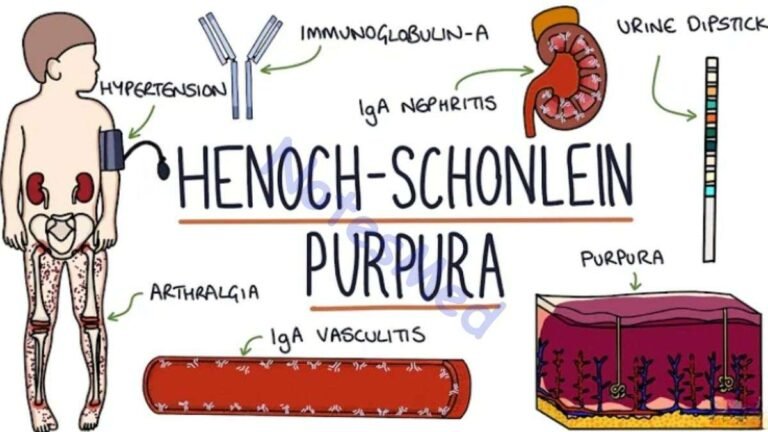What is Obesity?
The condition of obesity characterized by extremely elevated bodyweight that might lead to various pathological conditions. Actually, it arises when the body mass index is >30 kg/m2.
Obesity & overweight are common risk factors for diabetes, high blood pressure, cardiovascular diseases such as heart disease, gallstones, and other chronic illnesses. Once obesity occurs but it is difficult to treat and has a high relapse rate. So most people who lose weight but they regain weight within 5 years.
Assessment of obesity can be done in several ways
- Body mass index
Body mass index (BMI) is a ratio of body weight (in kg) to height (in meter square).The range of BMI(kg/m2) shown in below
- BMI <20 kg/m2 = underweight
- BMI between 20-24.9 kg/m2 = normal
- BMI between 25-29.9 kg/m2 = Overweight
- BMI > =30 or >30 kg/m2 = Obesity grade I.
- BMI between 35-39.9 kg/m2 = Grade II obesity.
- BMI >40 kg/m2 = Grade III obesity.
- More the body mass index more is a risk of a condition such as hypertension, insulin resistance, diabetes, coronary heart disease, etc.
- Waist: hip ratio
- More effective than BMI for assessment of obesity.
- For obesity: the value must be>0.8 for women and >1.0 for men
- There are 2 types of a body on the basis of deposition of fat:
- Apple-shaped body in male
- Pear-shaped body in female
- Lower the waist: hip ratio lesser is a risk for morbidity.
Causes of obesity
- Physical inactivity
- Overeating food
- Genetics
- A diet high in simple carbohydrates
- Frequency of eating
- Medications
- Psychological factors
- Diseases include hypothyroidism, insulin resistance, polycystic ovary syndrome, Cushing’s syndrome, etc.
- Social issues
Whatever the cause obesity is always a result of calorie intake is higher than calorie expenditure for a long period of time.
- Physical inactivity
- Sedentary lifestyle people burn fewer calories than people who are an active lifestyle. In a sedentary life, calorie expenditure is low so which results in obesity.
- Overeating
- Overeating leads to weight gain, especially if the diet is rich in sugar or fat (for example, fried food, fast food, and sweets). They have high energy density i.e. a small amount of food contains a lot of calories.
- A diet high in simple carbohydrates
- Simple carbohydrates (sugars, fructose, desserts, soft drinks, beer, wine, etc.) contribute to more weight gain because they are more rapidly absorbed into the bloodstream than complex carbohydrates (pasta, brown rice, grains, vegetables, raw fruits, etc.)
- Medications
- Certain antidepressants, certain hormones such as oral contraceptives, and most corticosteroids such as prednisone are responsible for weight gain.
- Psychological factors
- For some people, emotions influence eating habits. Many people eat excessively in response to emotions like boredom, sadness, stress, or anger.
- Diseases
- Diseases like hypothyroidism, insulin resistance, polycystic ovary syndrome, and Cushing’s syndrome contributes to obesity.
- Genetics
- A person is more prone to chance to develop obesity if one or both parents are obese. The main genetic basis is associated with the ob gene(Lep gene in humans chromosome 7) expressed in adipocytes that produces the bodyweight regulatory hormone leptin.
- Normally, When there is more increase in fat deposition, then leptin level also increases but obesity occurs if the leptin level is low.
- Function of leptin
- Controls weight by activating satiety center when body fat stores are too high.
- Stimulates lipolysis and inhibits lipogenesis.
- It binds to specific receptors in the brain and functions as lipostat and decreases fat deposition in the body.
Risks of obesity
- Diabetes mellitus type ll
- Hypercholesterolemia
- High plasma TAG
- Hypertension
- Coronary heart disease
- Gallstone arthritis
- Gout
Treatment
The treatment of obesity follows after doctor prescription. The weight-loss medications are approved by the US -FDA strategies, they are following drugs
- Sibutramine
- Sibutramine drug helps to suppress appetite that inhibits the reuptake of both serotonin and norepinephrine.
- Orlistat
- Orlistat is a lipase inhibitor that inhibits gastric and pancreatic lipases, thus decreasing the breakdown of dietary fat products.
- Surgical procedure for more severely obese who has not responded to any other treatment (but has substantial risks for complications).
Prevention
- Exercise
- An increase in physical activity can create an energy deficit and it is an important component of the weight reduction method.
- Dieting
- Limit eating simple carbohydrate and fat-rich foods
- Use approved medications by US FDA




